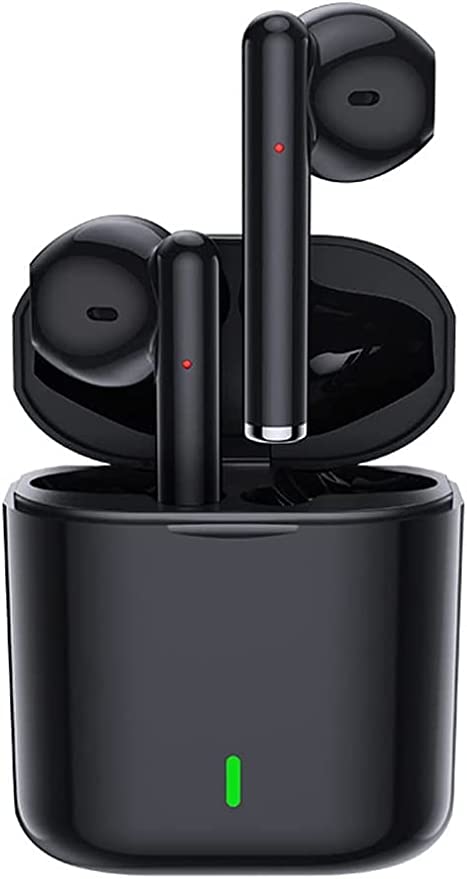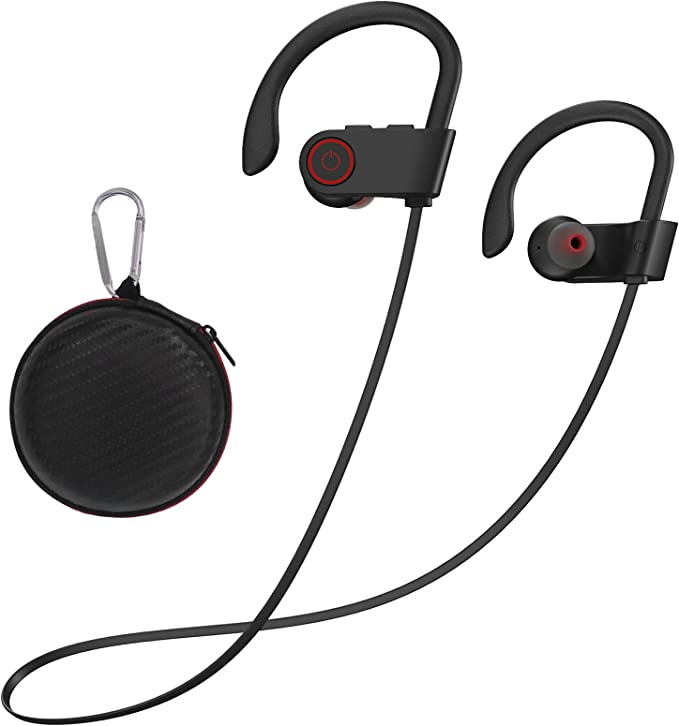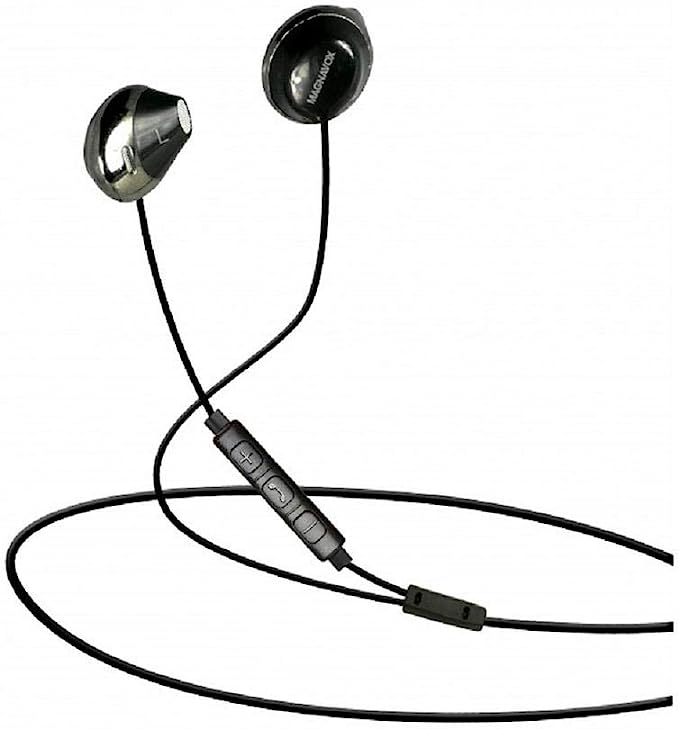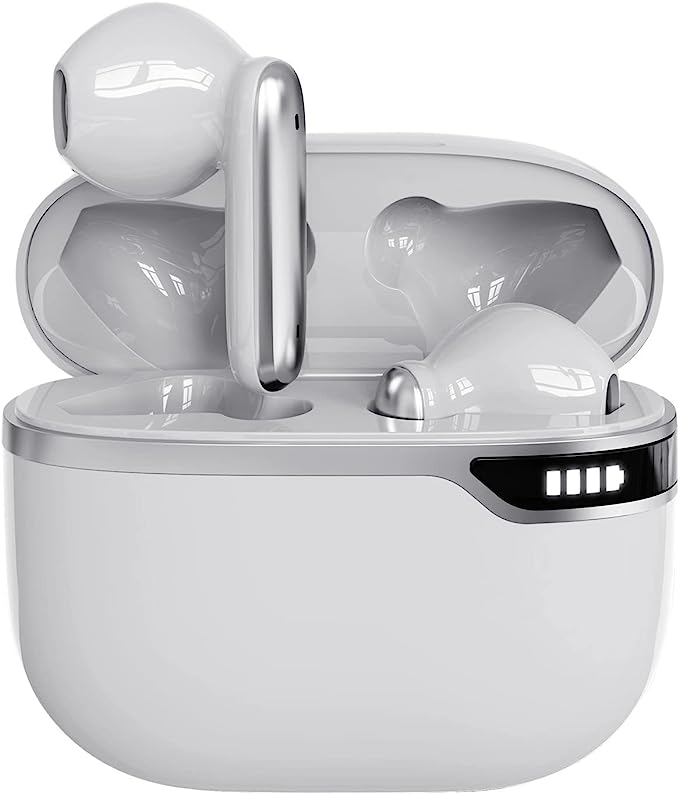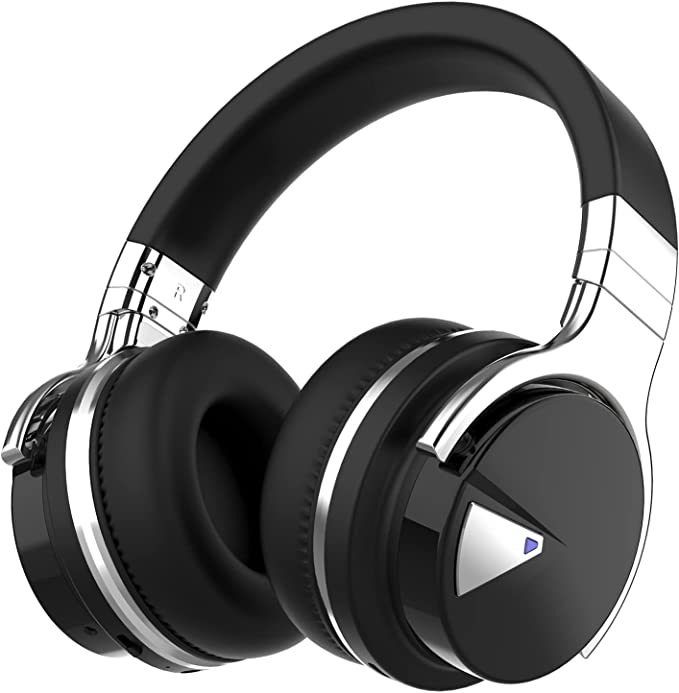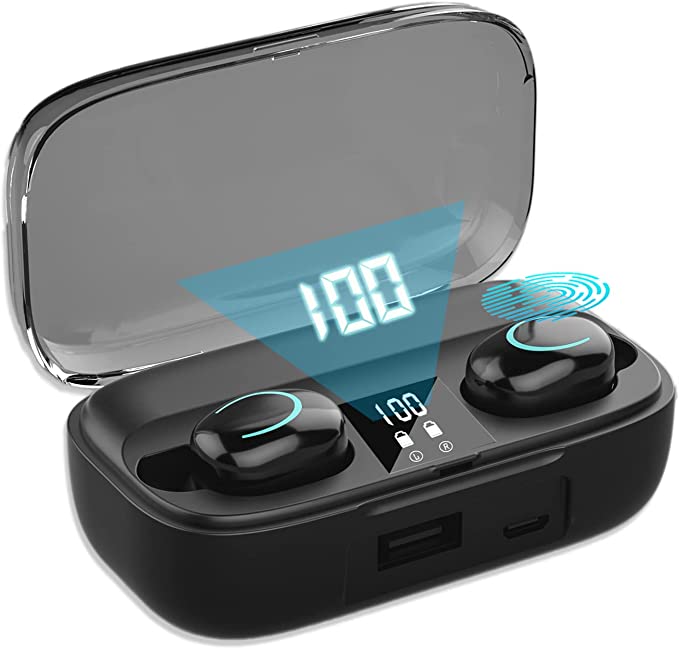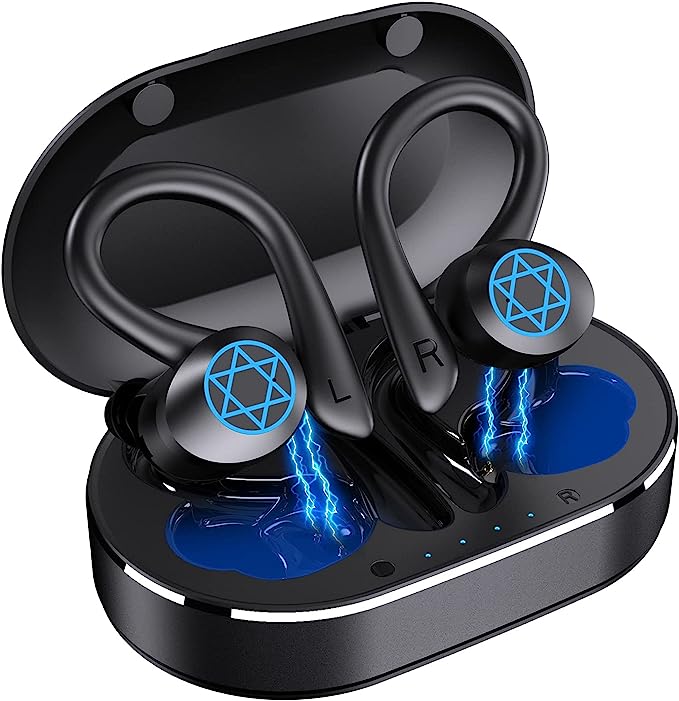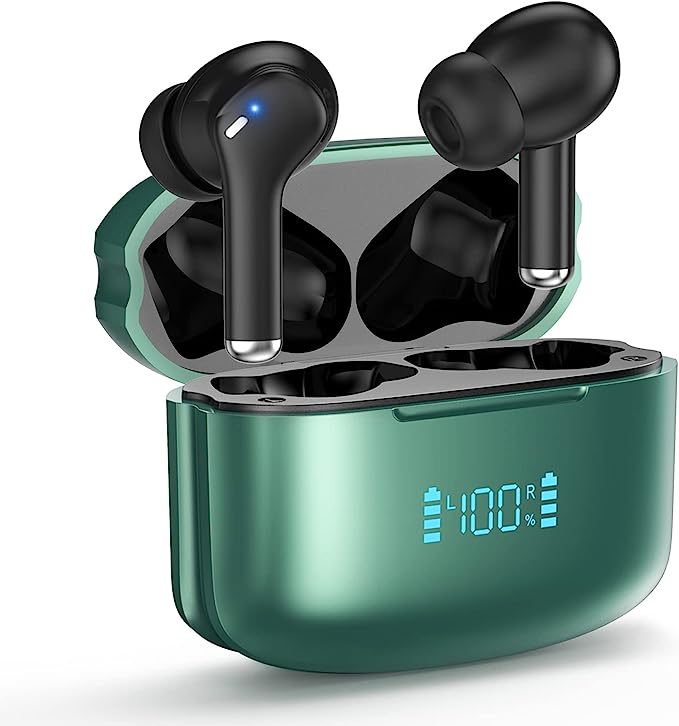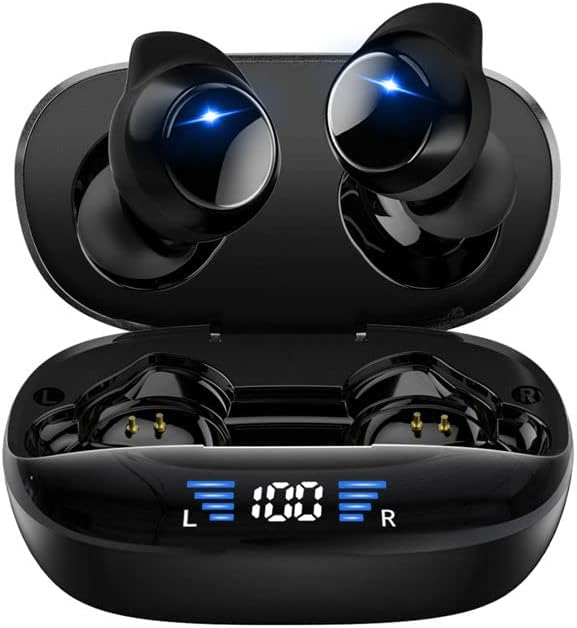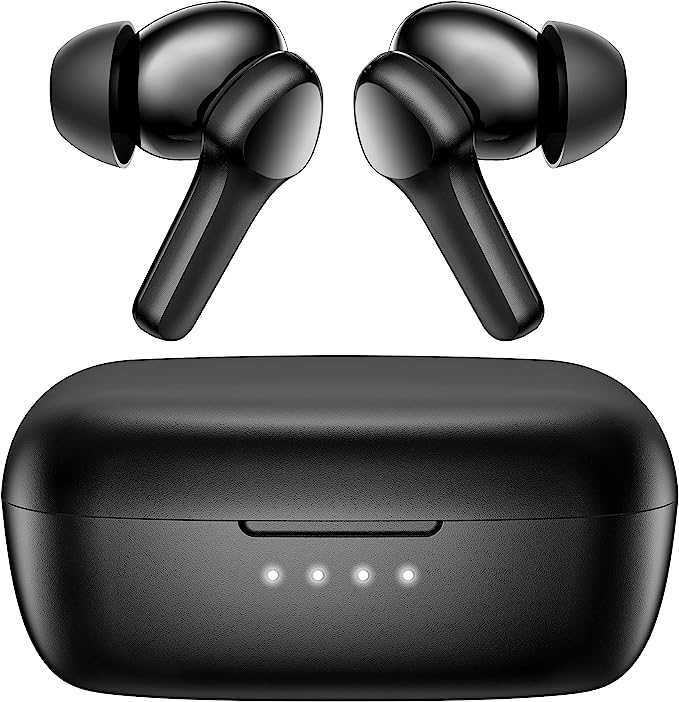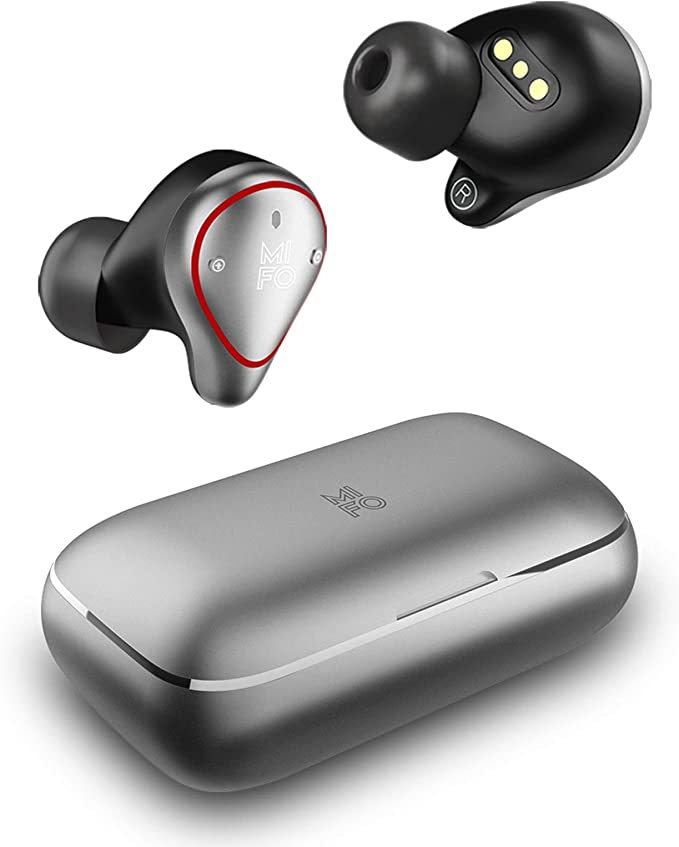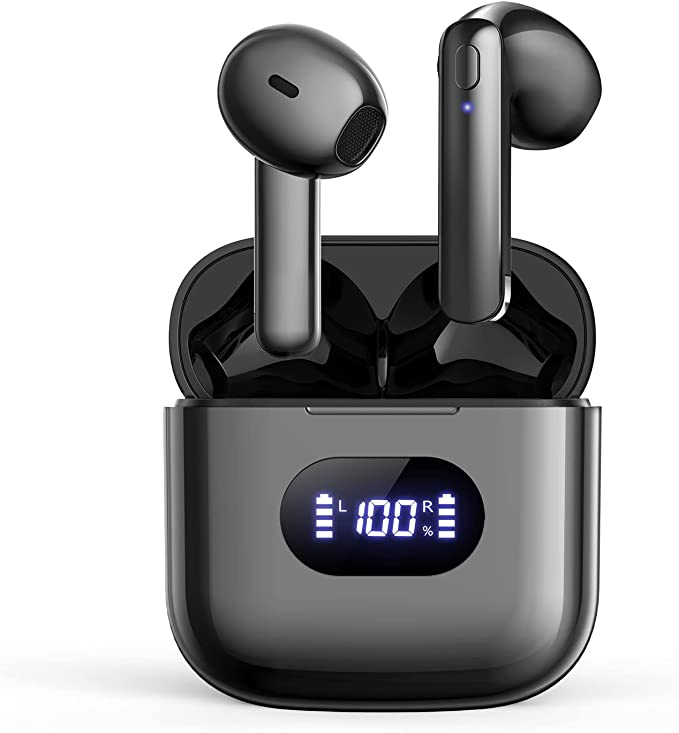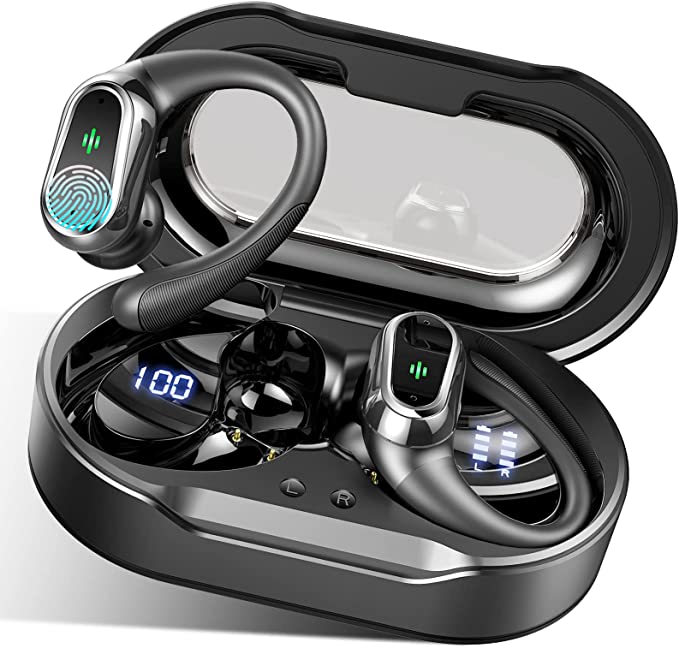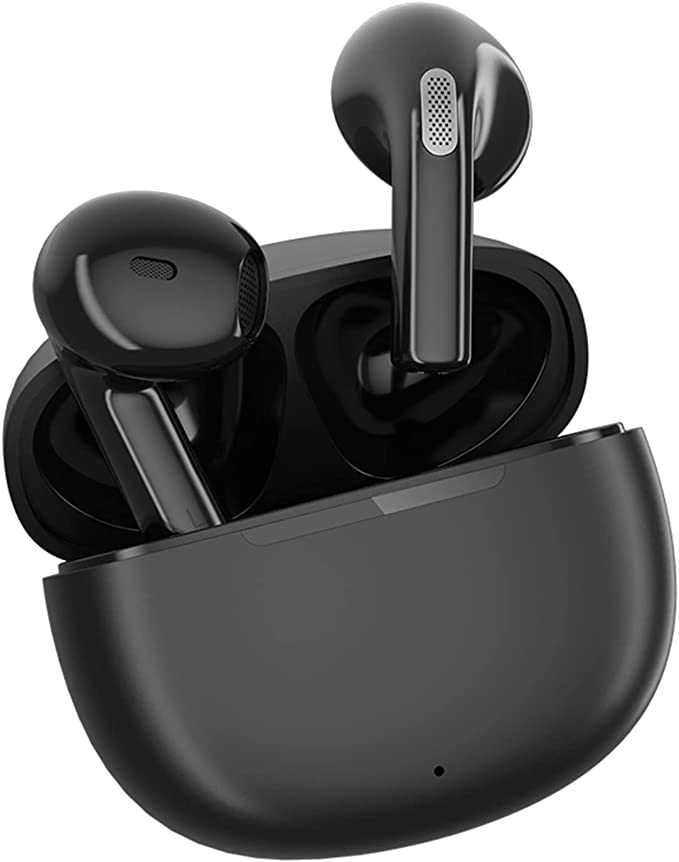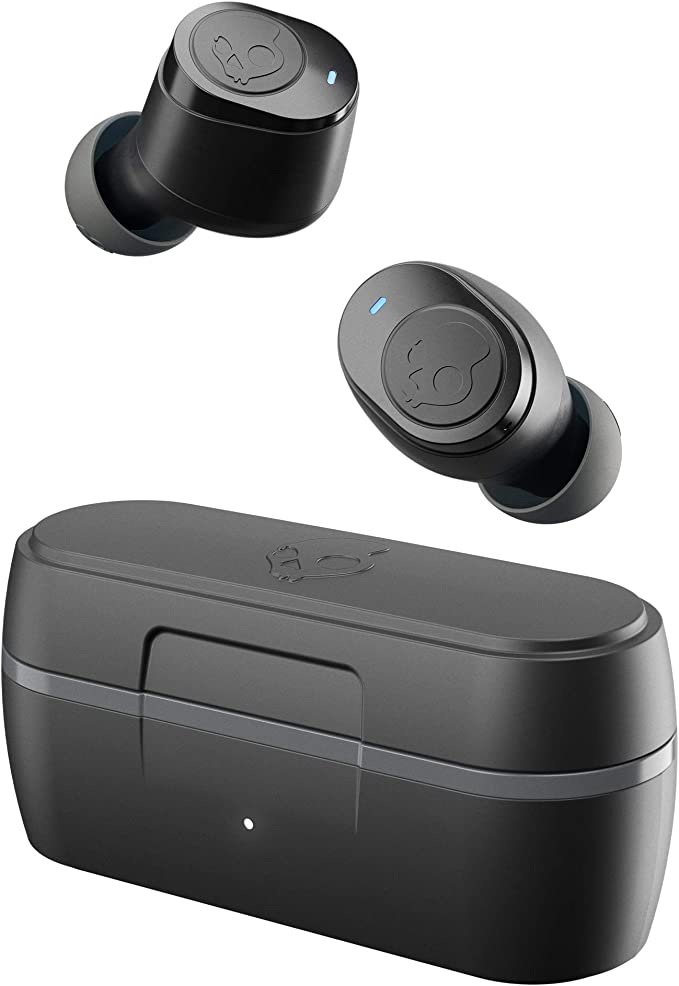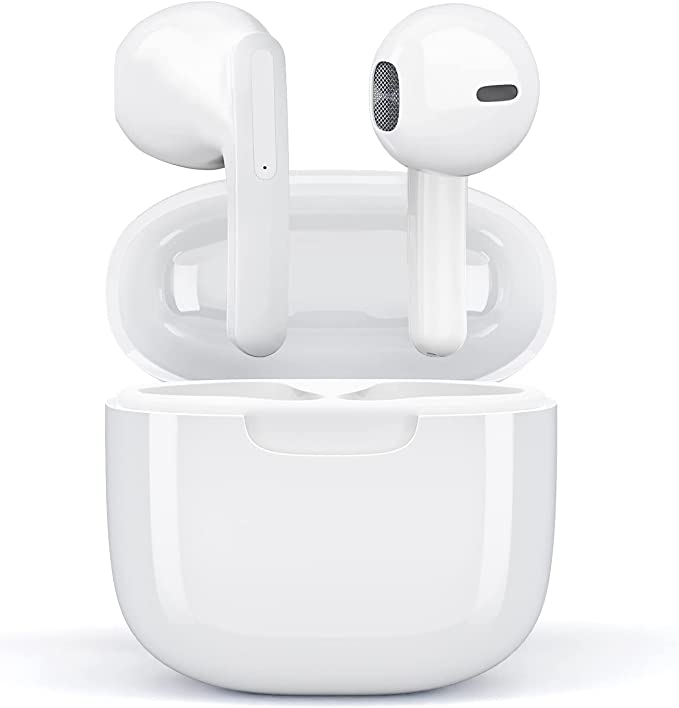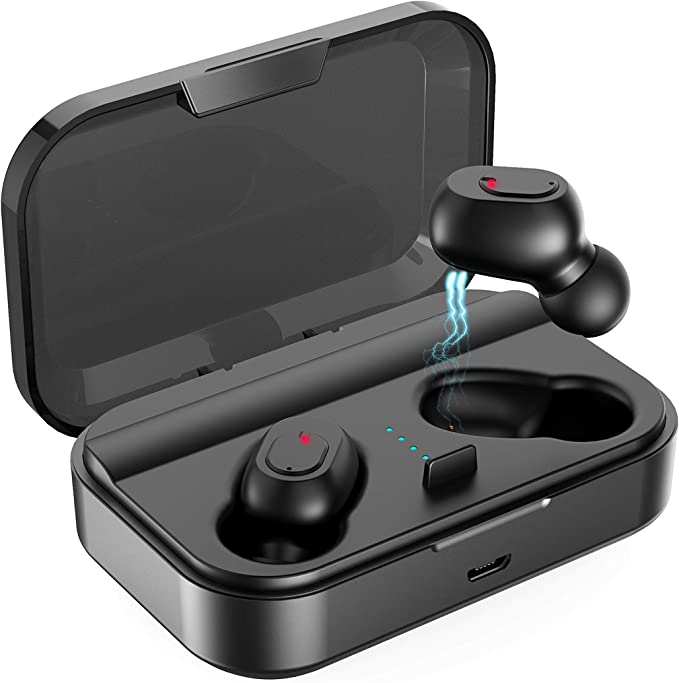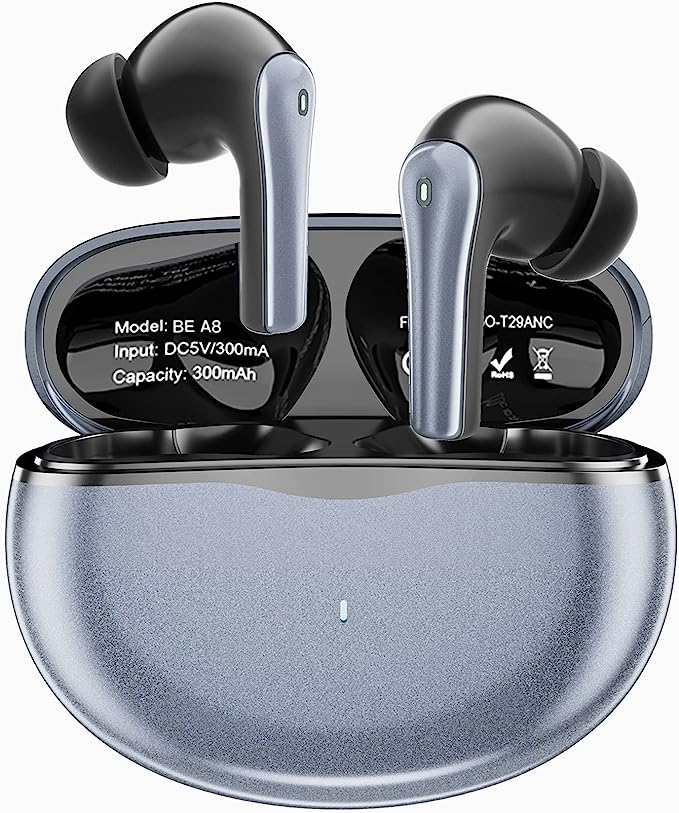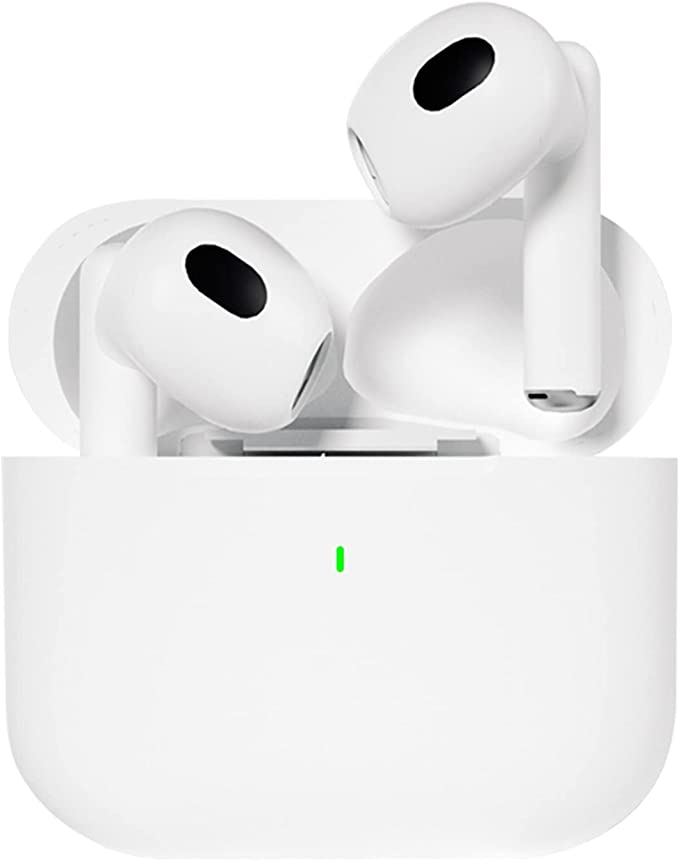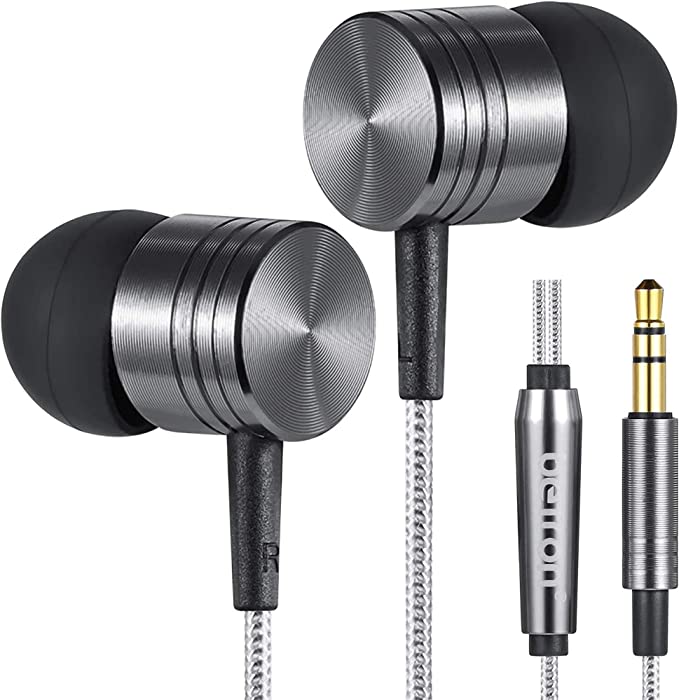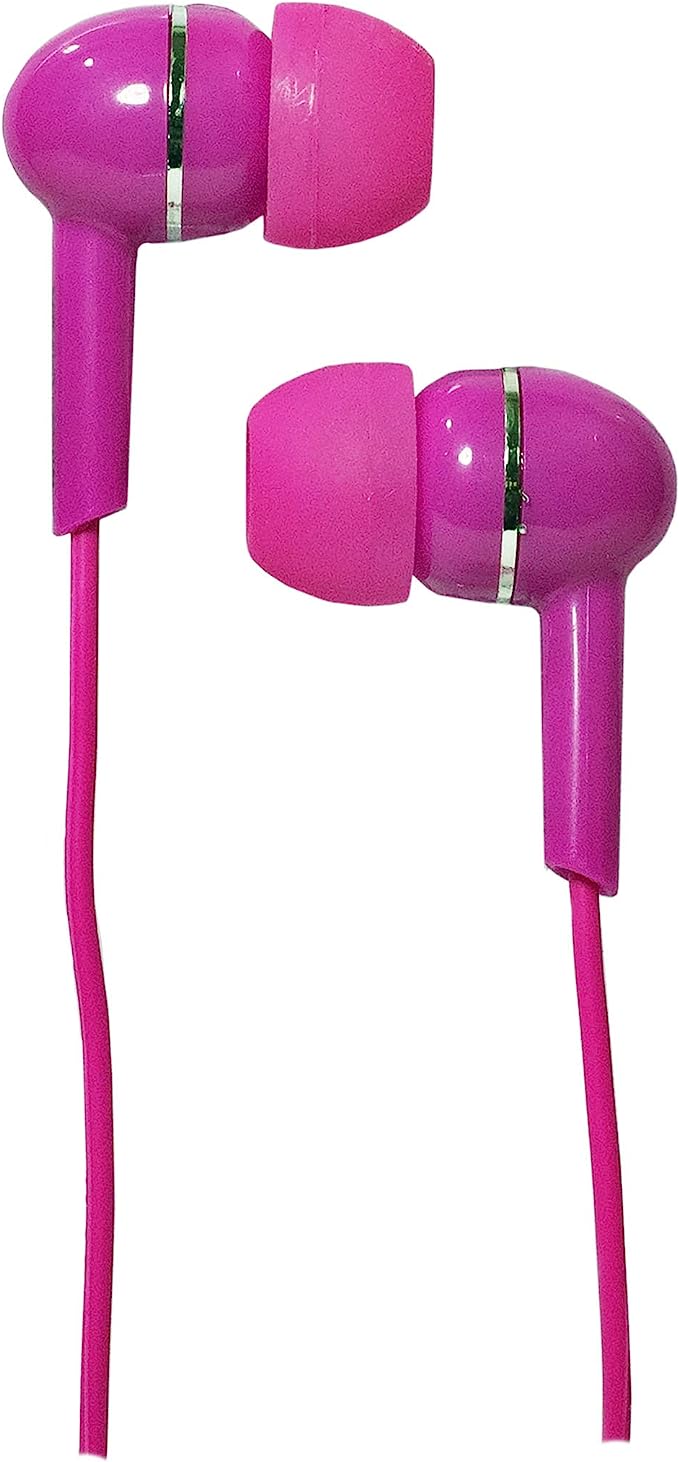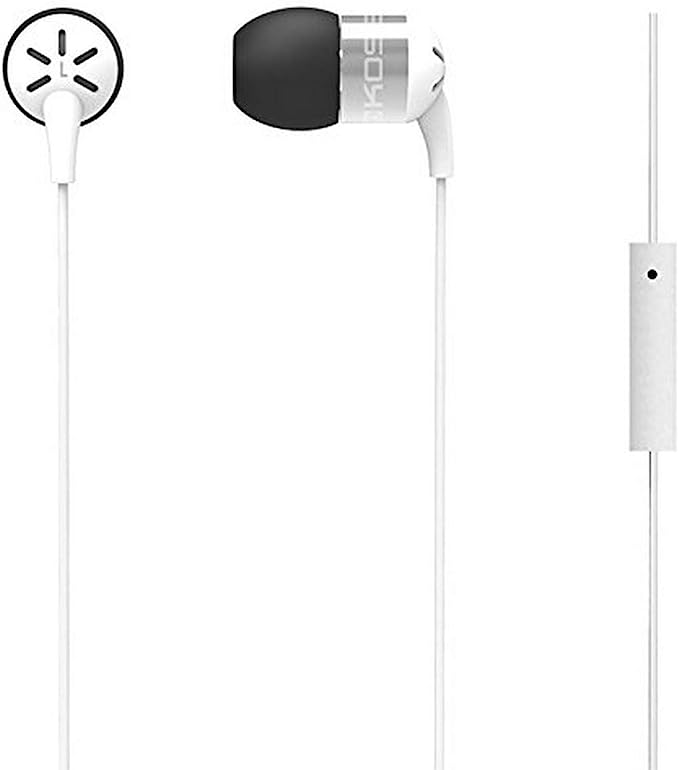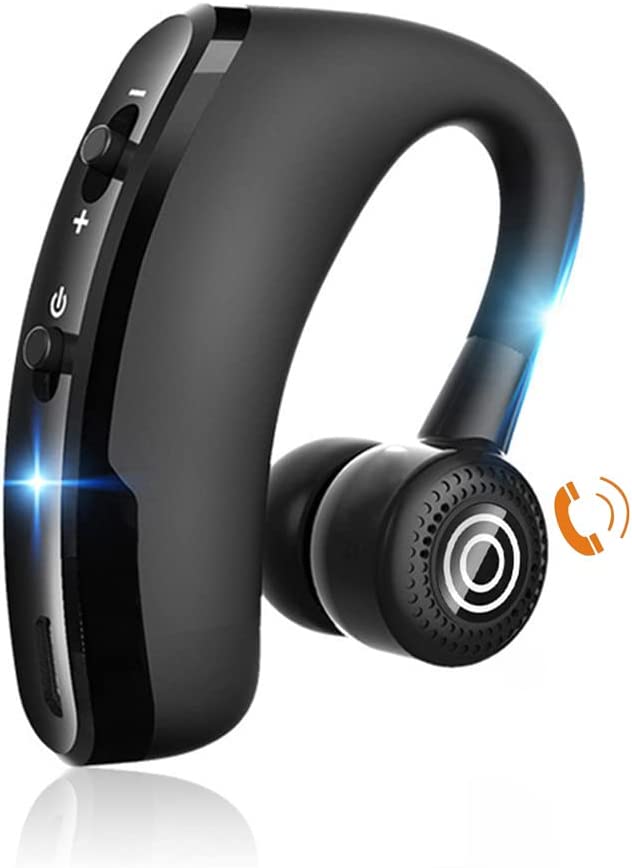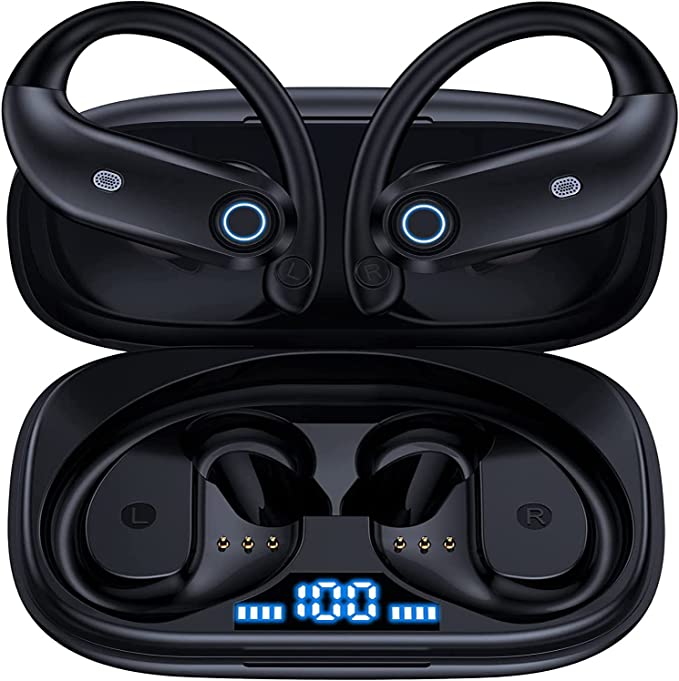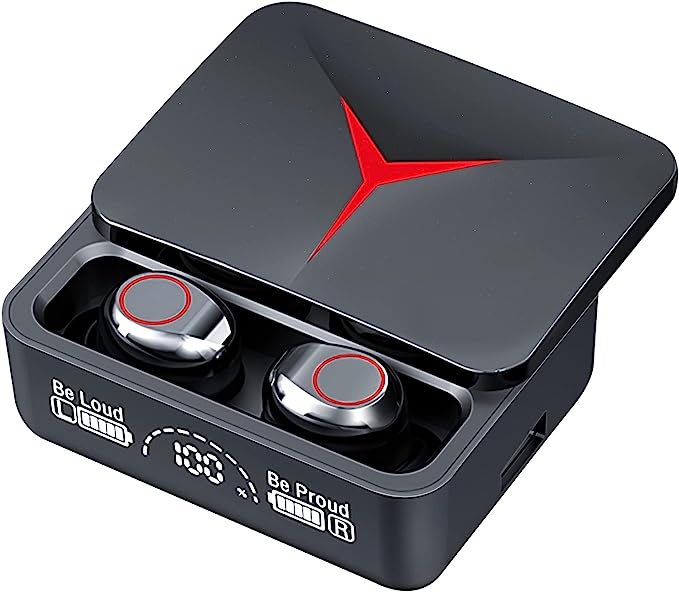CWNOTBHY Wireless Bluetooth Earbuds: Budget-Friendly Wireless Earbuds with Decent Features
Update on July 1, 2025, 9:41 a.m.
It appears almost as a glitch in the digital marketplace, a product so aggressively priced it feels like a typo. For the cost of a fancy coffee, the CWNOTBHY Wireless Bluetooth Earbuds promise a feature list that, not long ago, belonged to devices costing ten or even twenty times as much. The name itself, a cryptic jumble of consonants, seems to be a placeholder for a brand that doesn’t expect to be remembered.
This discovery sparks a professional curiosity that’s impossible to ignore. A 2.7-star rating, anchored by tales of woe—“The sound quality is horrible,” one user laments; “One of earbud casing came off,” reports another—only deepens the mystery. This isn’t a mission to find the “best budget earbuds.” This is an archaeological dig. We’re about to take our digital trowels to this $9.99 artifact and uncover the ghosts of technology hiding within.

A 10th-Century King in Your Ear
The first clue etched into the product’s description is “Bluetooth 5.1.” Before we get to the number, let’s talk about the name. The term “Bluetooth” was provisionally coined in 1997 by an Intel engineer, inspired by the 10th-century Danish king, Harald “Bluetooth” Gormsson. King Harald was famous for uniting the disparate, warring tribes of Denmark and Norway. The name became a perfect, temporary metaphor for a new technology designed to unite different communication protocols—laptops, phones, headsets—under one universal, short-range wireless standard. The name stuck.
What, then, of version 5.1? Think of Bluetooth’s evolution like refining a radio signal. Early versions were prone to static and dropouts. The 5.x series, governed by the Bluetooth Special Interest Group (SIG), brought significant advances in speed and range, but the key gift of 5.1 was stability and improved “Direction Finding.” For the user, this means the connection is less likely to sputter and die if you put your phone in your back pocket. It’s a crucial but now-fundamental piece of the puzzle. It’s the reliable, invisible handshake that starts the conversation. But having a stable handshake doesn’t guarantee the conversation will be interesting. This technology is now so mature and its silicon so inexpensive that its presence here is not a luxury; it’s simply the baseline.

The Trial by Water: A Submarine, Not a Fish
Next, we find the claim: “IPX7 Waterproof.” This isn’t a vague marketing term; it’s a specific, testable standard defined by the International Electrotechnical Commission (IEC) in its 60529 document. Let’s decode it. “IP” is for Ingress Protection. The ‘X’ means it hasn’t been tested against solids like dust. The ‘7’ is the star of the show. It certifies that the device can survive being submerged in up to one meter of fresh water for thirty minutes.
Imagine a World War II submarine. Its hatches are marvels of engineering, designed to withstand immense pressure and keep the water out, but only for specific depths and durations. The IPX7 rating is like that hatch. It’s a robust seal, likely a combination of tight tolerances and rubber gaskets, that protects the sensitive electronics from a sudden downpour on your run or an accidental drop into the sink. It makes the earbuds resilient, a survivor of everyday aquatic mishaps. But it does not make them a fish. It’s not an invitation to go swimming, where the dynamic pressure of your strokes and prolonged exposure would exceed the limits of that carefully engineered seal. The science here is sound, a testament to how even precision manufacturing can become incredibly affordable over time.

The Cocktail Party Misdirection
Here lies the most clever, and potentially misleading, clue: “CVC 8.0 Noise Cancelling.” In the cacophony of tech marketing, “noise canceling” has become a holy grail term, synonymous with the serene quiet offered by premium, over-ear headphones. This, however, is a different beast entirely.
Picture yourself at a noisy cocktail party. You face two distinct problems: hearing your friend over the din, and your friend hearing you. Active Noise Cancellation (ANC) solves the first problem for you. It uses tiny microphones to listen to the room’s chatter and generates an opposite sound wave to erase it, creating a bubble of silence for your ears. It is complex and power-hungry.
Clear Voice Capture (CVC), now in its 8th iteration from Qualcomm, solves the second problem for your friend. It’s a sophisticated algorithm that uses the earbud’s microphone to focus on the frequency range of your voice while actively identifying and suppressing the party noise around you. In essence, it cleans up the signal you’re sending out. So when the CWNOTBHY earbuds promise noise canceling, they’re promising that your voice will sound clearer on a phone call. They are not promising to silence the world around you while you listen to music. It’s a case of technically accurate terminology that points to a completely different user benefit.

The Echo of Reality
Every ghost story needs a haunting, and in the world of budget audio, that haunting is delivered by the specter of extreme compression. The promise of “HiFi Deep Bass Sound” collides with the physical and digital realities of a $10 price point. High-fidelity sound requires quality drivers, thoughtful acoustic design, and, crucially, a wireless pipeline wide enough to carry rich, detailed audio data.
The default pipeline for most basic Bluetooth devices is the SBC, or Low Complexity Subband Codec. Born in the early days of Bluetooth, its primary goal was not quality, but stability over a weak connection. It compresses the audio aggressively, and in doing so, it can strip away the nuance—the shimmer of a cymbal, the rich decay of a bass note. This is where the user’s verdict, “The sound quality is horrible,” becomes the tangible evidence. It’s the audible ghost of a compromised data stream. The report of a plastic casing breaking is another whisper from this ghost, hinting at the necessary sacrifices in materials and assembly to meet the target cost.

The Powerhouse Paradox
Yet, amidst these compromises, there is one specification that seems almost impossibly generous: the “2000mAh Portable Charging Case.” Here, the economics of technology work in the consumer’s favor. The cost-per-unit-of-energy in lithium-ion batteries has plummeted over the last decade. A 2000mAh cell, capable of recharging the tiny batteries in the earbuds dozens of times, is no longer an expensive component.
Think of the case as a digital campfire. The earbuds are like tiny explorers, venturing out into the world on their limited power reserves. Every few hours, they must return to the warm glow of the campfire to replenish their energy. The case’s ability to also offer a sip of that energy to a dying smartphone is not a gimmick; it is a genuinely useful feature, a small paradox of power in a product defined by its limitations.

The Artifact on Your Desk
In the final analysis, the CWNOTBHY wireless earbud is neither a miracle nor a fraud. It is a technological artifact, a perfect time capsule of our current manufacturing era. It contains the ghosts of technologies past—Bluetooth, waterproofing, noise filtering algorithms—that were once the exclusive domain of the expensive and elite. They have now become so democratized, so utterly commoditized, that they can be bundled together and sold for less than the price of lunch.
To hold a device like this is to hold a lesson in technological evolution and global supply chains. Its value isn’t truly in the listening experience, which is demonstrably compromised. Its true value is in the understanding it offers. Learning to decode its promises, to separate the science from the sales pitch, is to gain a kind of superpower in our hyper-consumerist world. It allows you to see the ghost in every machine, and in doing so, to become a wiser explorer of the incredible, implausible world of modern technology.

